- Joined
- Mar 8, 2008
- Messages
- 26,144
I've not done steam bending myself, but my contractor helps me with R&D involving bending work.
The BladeForums.com 2024 Traditional Knife is available! Price is $250 ea (shipped within CONUS).
Order here: https://www.bladeforums.com/help/2024-traditional/
Well then maybe Shipwright's video will tempt you into it someday.I've not done steam bending myself, but my contractor helps me with R&D involving bending work.








































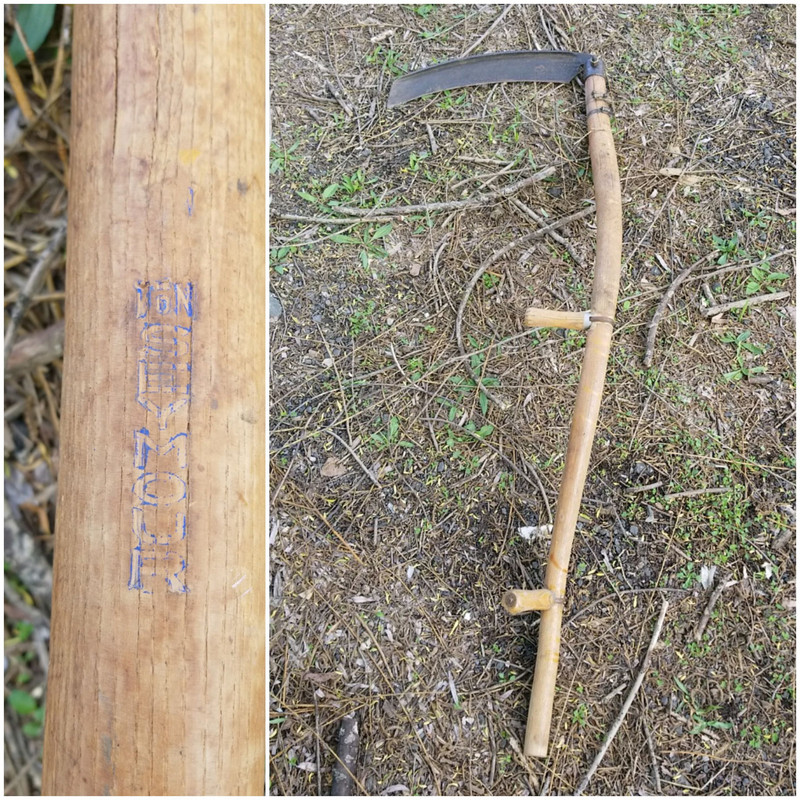

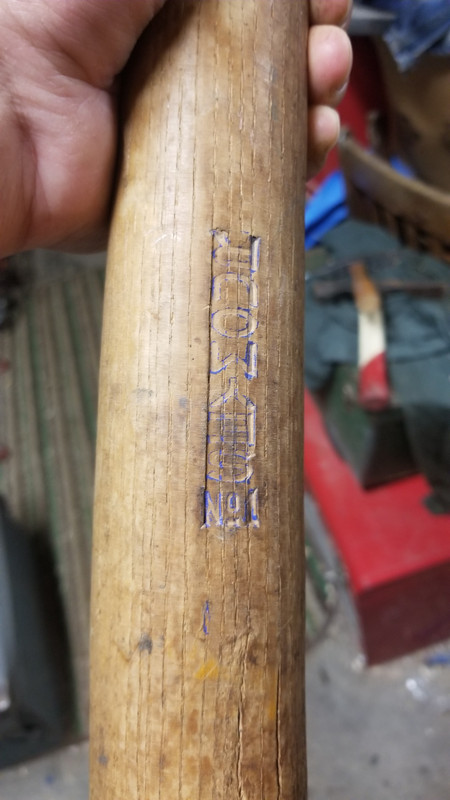
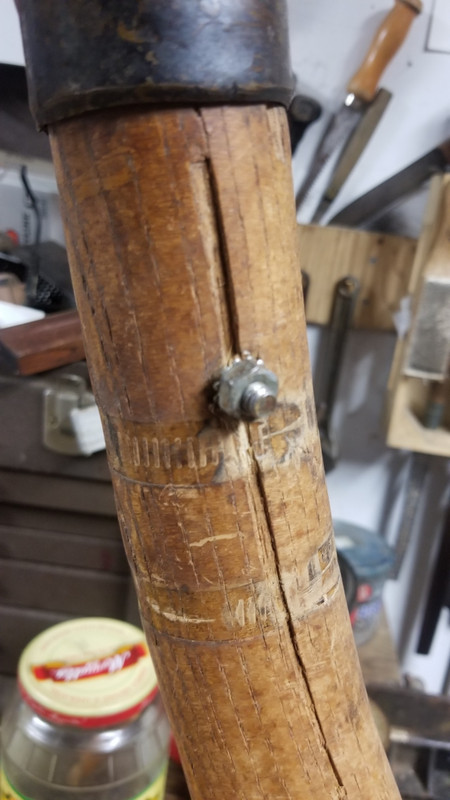
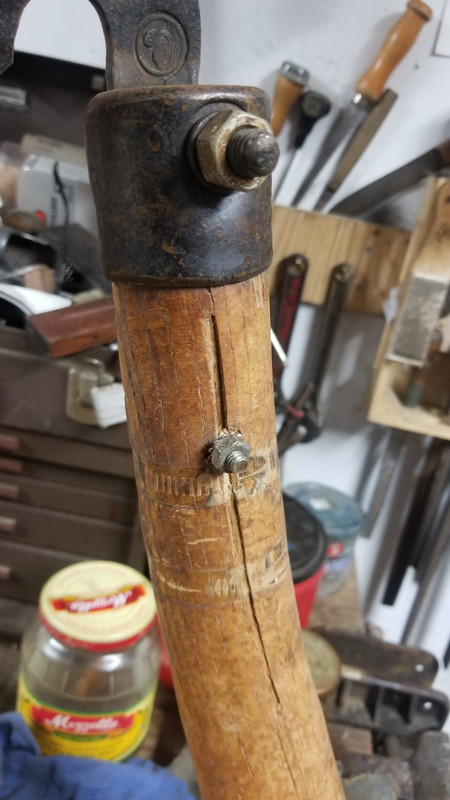
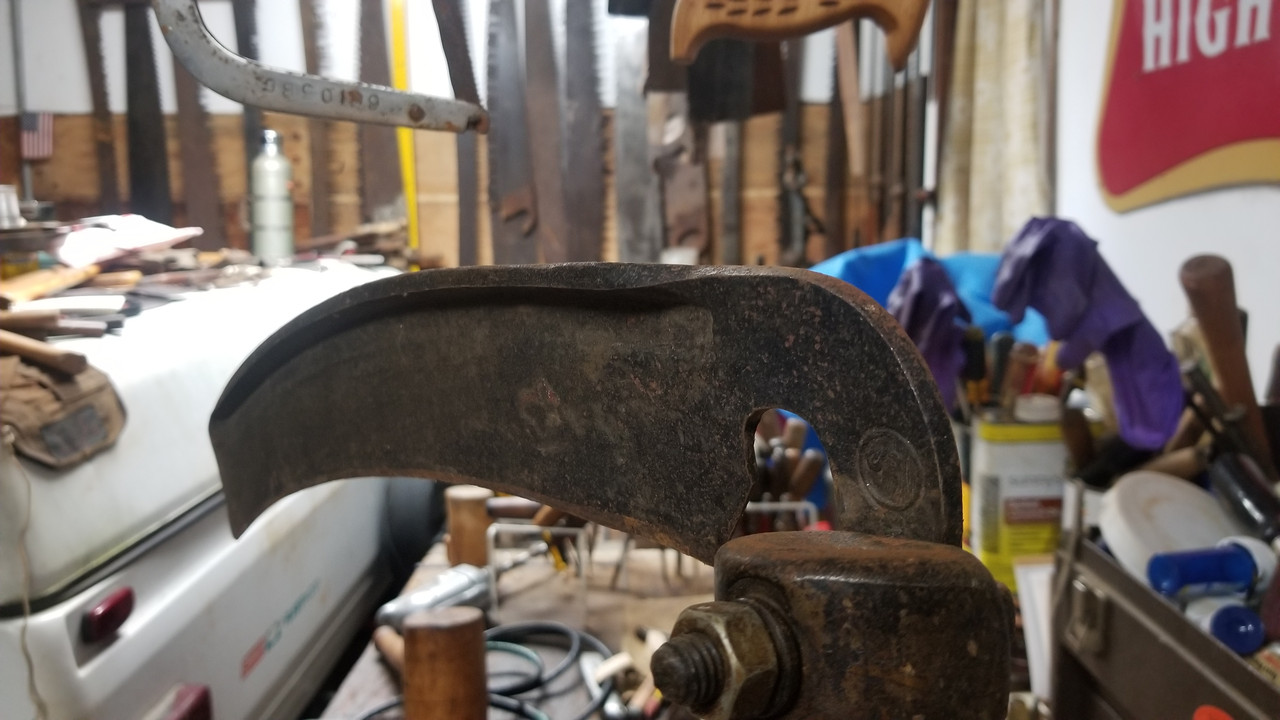

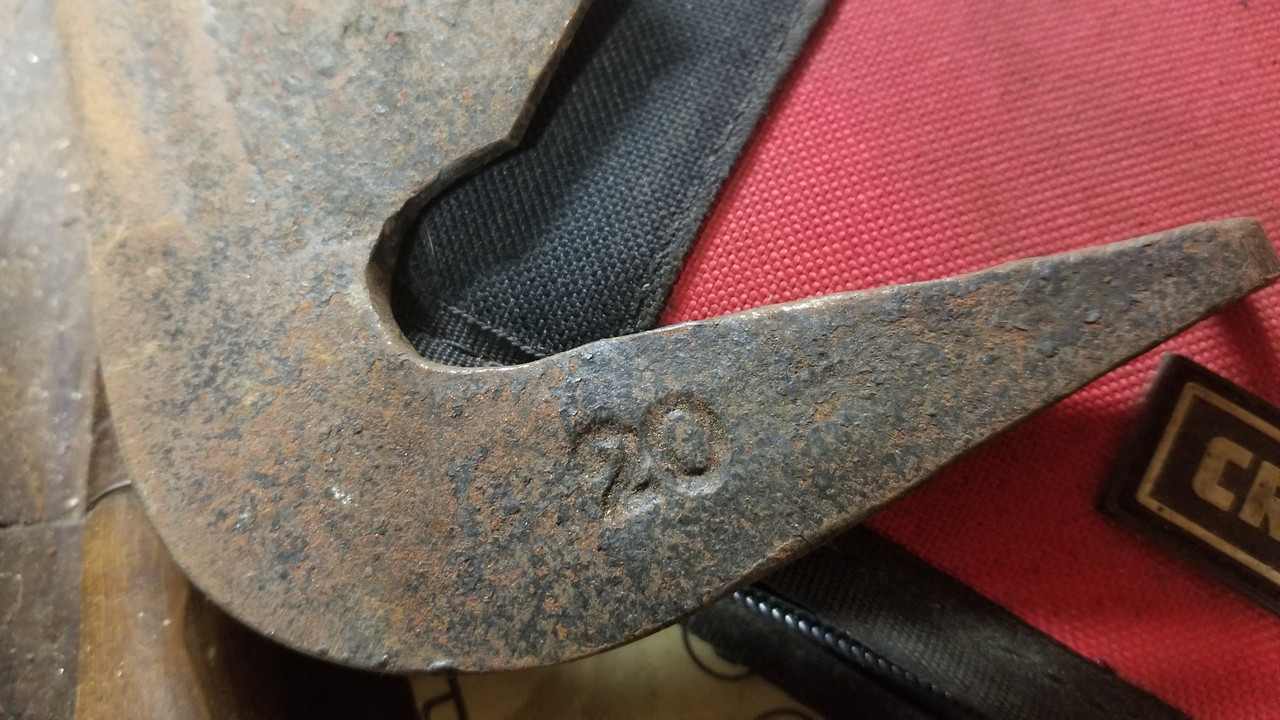
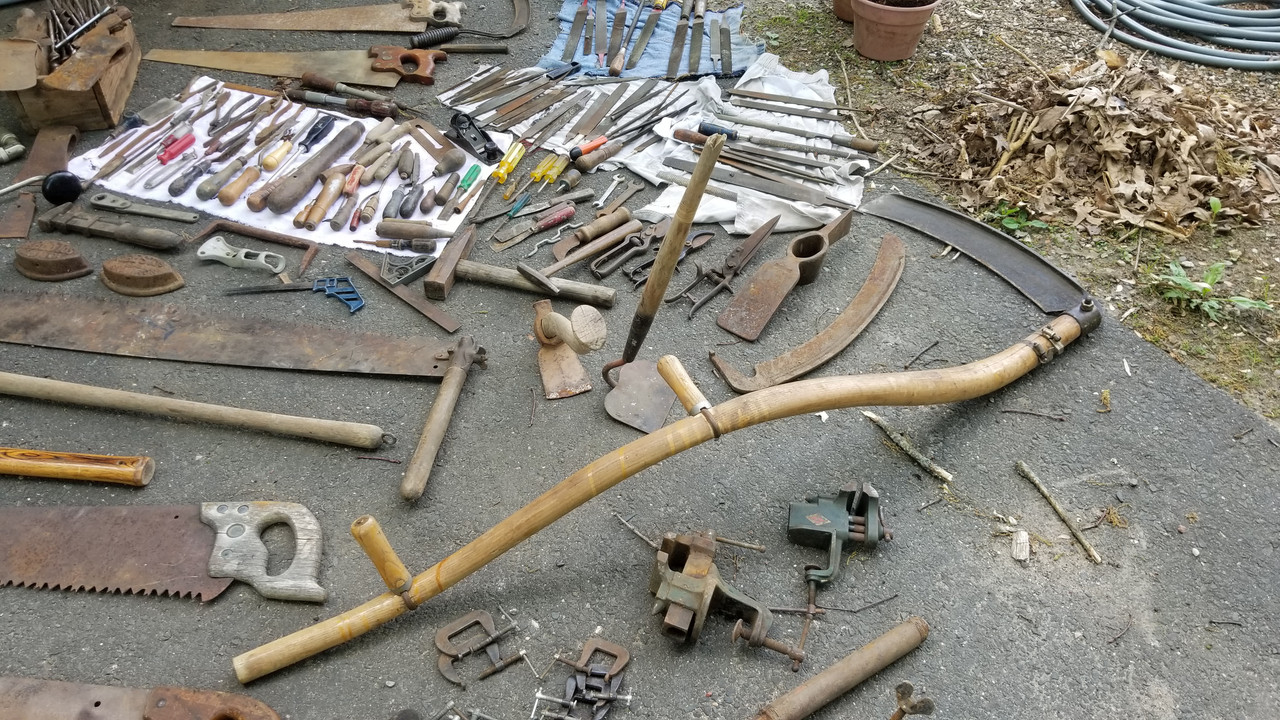

Looks like the blade is an older Redtenbacher. You find the round logo on older examples. They switched to an oval tang stamp on later ones. If I'm not mistaken it looks like the lower nib is positioned on a section of snath that's oval in cross section rather than round like it ought to be? I think your snath was probably made in the late 70's or so. They were still using the blue-painted stamped branding/model number at that point, up through the 80's I believe, but the quality of the post-bending truing-up went to crap and a lot of them are seriously out of round from the removal of cracks and delaminations suffered during the bending stage.
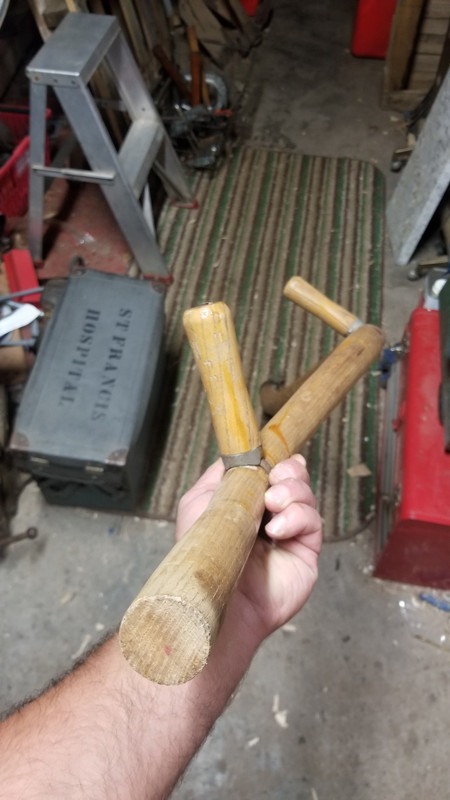
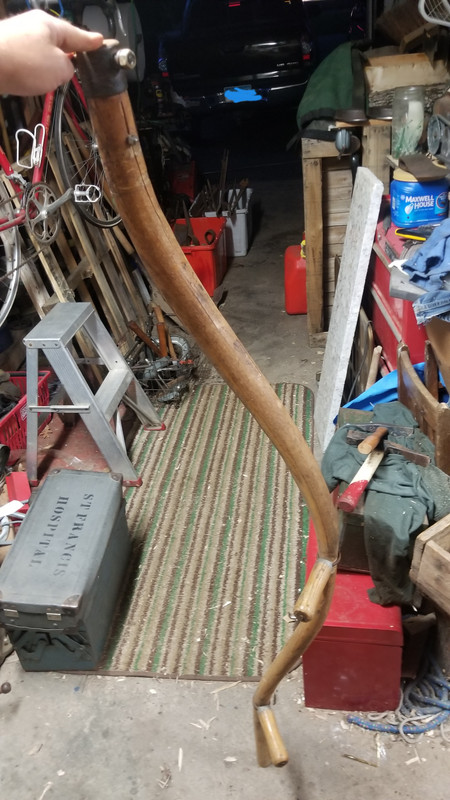
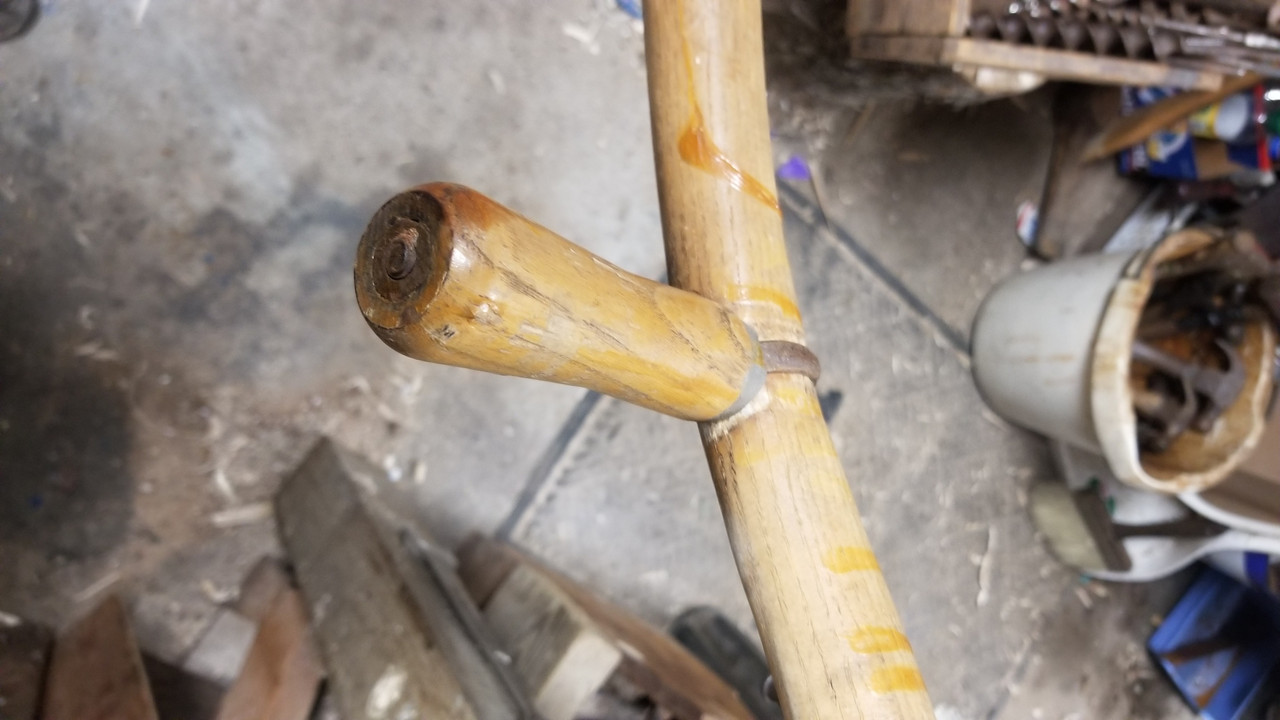
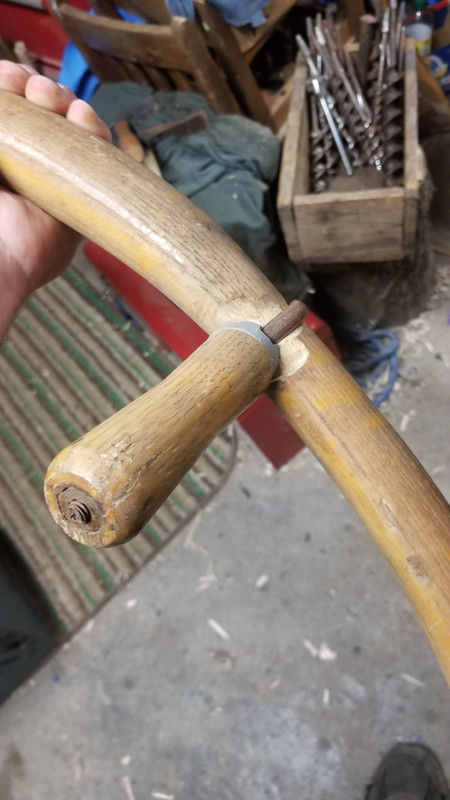
Had these little blades fall into my lap by chance. Made by Igelfors Liefabrik in Sweden for the American market, and imported by the Sandvik Saw Co.'s US branch like the larger grass blades that I'd come into possession of. However, these are extremely small, with one having very odd form. It very obviously is intended to mimic the American style, but while the rib is normal, the bead is inverted, making a peak on the upper face of the blade opposite the rib. This in and of itself isn't unheard of, as the North Wayne Tool Co. advertised such a bead, but they were very uncommon and I only have one example of such a blade in my collection (one that belonged to my great grandfather, no less!) What's especially strange is what the blade does at the toe. It still has a crest along the spine on the underside of the toe, but rather than tilting up at a uniform plane like on most American blades, it's dished out to keep it in the same plane as the rest of the web along the length. Never seen such a configuration before. The other is a typical Swedish-style blade form, just with an American tang on it. Craftsman used to import blades of that sort, and I have a number of them, but none so small and narrow. I suspect these may be salesman's samples. They're only about 12" long apiece, and I only have a few other blades made that short with grass blade proportions like these, which I suspect may have also been samples. Unlike with axes or other tools that were often made in scale miniature, this arrangement allows the tang, heel, middle, and toe of the blade to all be shown at full size, and the length would simply be greatly increased in a full sized grass blade. If they weren't so precious, though, I'd gladly use them as trimming blades, and it is still possible that they were made as an actual model intended for use in such a role. I just doubt it, or one would expect them to be more common.











What's especially cute is how they didn't have enough real estate on the blades for all three labels and had to put one on the underside.
Thanks FortyTwo
Perhaps depending on the age of the blade, the snath is a replacement for it...and due to the exact issues you pointed out, the snath inherently gave the user trouble?
The snath at the nib if not both nibs is not round and now I better understand why they are tweaked, deformed, not tight but loose fitting to the snath yet now ultimately tightened so much and so hard...frozen solid after they put the scythe aside for the last time.
Thank you for the information on the snath and its poor symmetry allowing for the improper fit and inadequate adjustments, if even they were possible, to the nibs.
I will not be worrying so much about the possible crack...I dont think I can add wood to the oval portions but perhaps I can work the nibs onto an area of the snath I make round yet still allows for comfort.




So many scythe, so little time.
Thanks again FortyTwo
Those are way cool, 42. Don't know I'd do with one but I still like them.
IMG_20190623_101910 by Justin Lyttle, on Flickr
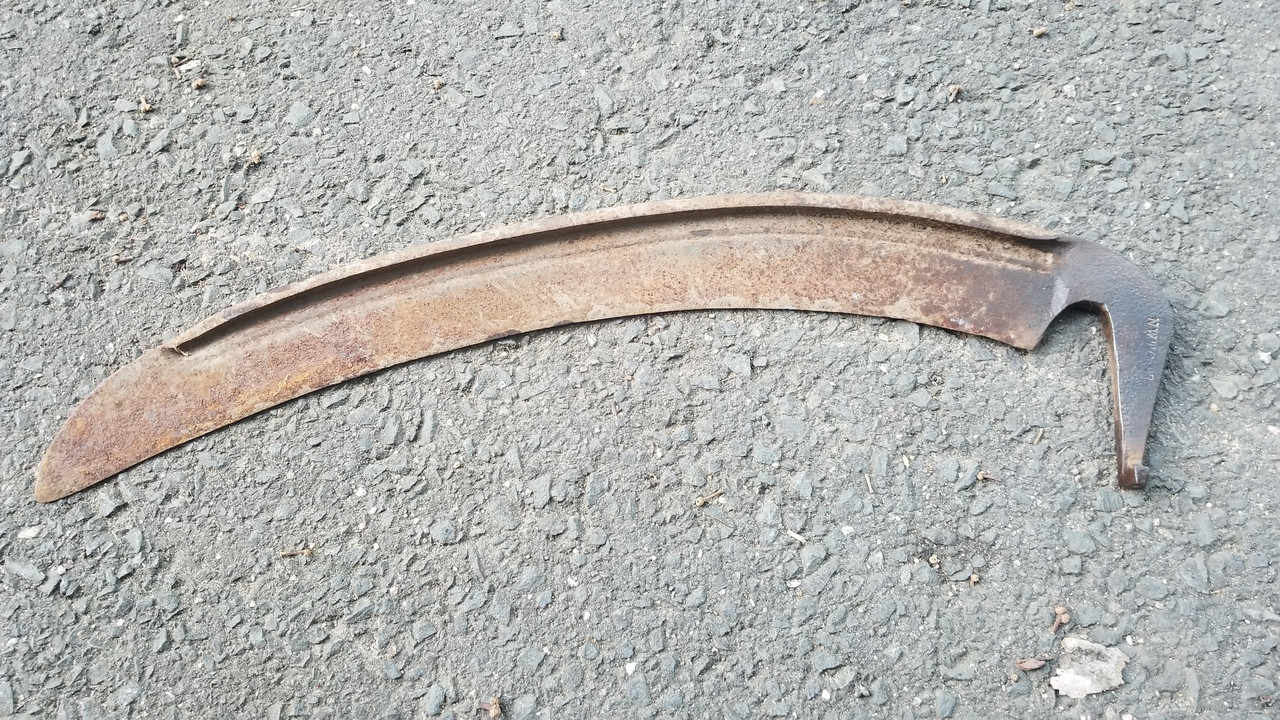
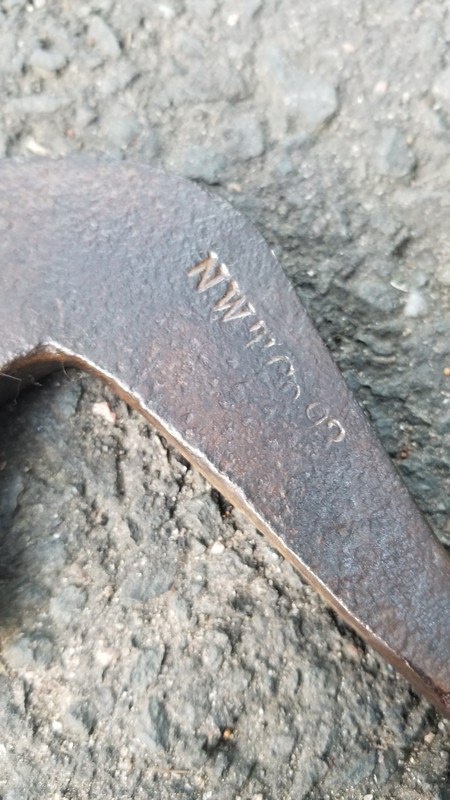
Just a little follow up and clarification...
Dunn Edge Tool Co.
West Waterville ME.
"The town started as part of Waterville, breaking away and becoming the town of West Waterville in 1873. In 1883, the town was renamed Oakland."
https://www.bnctools.com/blogs/news/axe-making-in-oakland-maine-part-1
Certainly appears old enough. The way that the knob of the tang is forged such that its sides are flush with those of the tang itself, along with the typeface of the tang stamp are good indicators.












